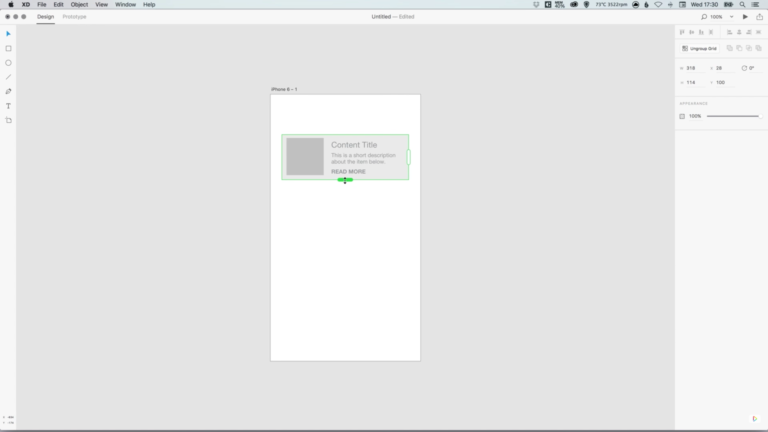

#Adobe xd text styles how to#
Head to View > Components in the menu bar, or use the keyboard shortcut ctrl 2. Adobe XD tutorial: How to use Text Styles - YouTube 0:00 / 2:25 Adobe XD 101 Adobe XD tutorial: How to use Text Styles Pierluigi Giglio 23.1K subscribers Subscribe 21 10K views 4.
#Adobe xd text styles mac#
To delete a Text Style, switch to the Components View in the Mac app. You can limit what people can override in your Text Styles by navigating to the Symbol Source and using the Manage Overrides options in the Inspector.

Note: Changing Styles won’t affect your existing individual overrides.

Choose the style that you want to edit and make your changes in the Inspector. Switch to the Components View and click on the Text Styles tab in the toolbar. You can also Edit Text Styles in the Components View. More (…) will give you the option to reset a style (if you’ve made a change) or rename it.Detach will keep the changes you’ve made to that layer but remove the Text Style.Create will create a new Text Style with your changes applied to it.
#Adobe xd text styles update#
Update will apply your changes to this layer and to any other layers using the same style.From here, you can click on one of the following buttons in the Appearance panel: Once you’ve done this, you’ll see an asterisk (*) appear next to the Text Style’s name. Select a Layer and make sure you’ve applied the Text Style you want to edit, then make your changes to its styles. You can also insert a Text Style from the Components View by selecting a Text Style and choosing Insert Text with Style in the Inspector. Drag and drop it onto any Text Layer to apply it or drop it onto an empty space on your Canvas to create a new Text Layer. From there, click on the Text Styles tab and select or search for the Text Style you want to insert. Press C to open the Insert window or choose Window > Insert in the menu. You can also apply a Text Style using the Insert Window. You can use the search bar at the top of the popover to help you find the style you need. Select the Text tool (usually represented by a T icon) from the. Select a layer and choose the pop-up menu that reads No Text Style under the Appearance panel in the Inspector, then in the Components Popover, select the Text Style you want to apply. Open the Adobe application of your choice and create a new document or open an existing one. With the Text Styles tab selected, click on the or Create Text Style in the toolbar then edit its style properties in the Inspector. You can also create a Text Style from the Components View. Type in a name for your new Text Style and press enter to save it. You can also click the Create button under the pop-up menu that reads No Text Style in the Appearance panel in the Inspector. Select a text layer that you’ve applied styles to, then choose Layer > Create new Text Style from the menu. When you make changes to a layer that you’ve applied a Text Style to, you can choose to update the Text Style itself so that all text layers with that Text Styles change as well. The other change is in the search-and-replace function:Īpp.findTextPreferences.capitalization = Capitalization.SMALL_CAPS Īpp.findTextPreferences.capitalization = Capitalization.What is a Text Style? With Text Styles, you can store a set of styles and reuse them across different text layers within your designs. I'm using that, not by "toggling" the small caps attribute on and off (as with Underline and a few other attributes), but by making it loop from 0 to 2 - "0" is 'no change', '1' is "Small Caps", '2' is "All Caps". It's not really a big change, but it's tricky: the small caps attribute has the same position in the Character Formatting as the All Caps attribute, and you can't search for both at a time. Alternatively, you can also use the keyboard shortcut Ctrl+. No worries, though - I added it (again!) and updated the " preptext.jsx" on my site. It is as easy as selecting one or more text layer(s) and running the plugin from the plugins menu. I also posted a new & improved version, but that must have been after that All Caps hack. In the Load Styles dialog box, make sure that a check mark appears next to the styles you want to import. Double-click the InDesign document containing the styles you want to import. Now that you mention it, I'm pretty sure I remember someone else asking for an All Caps attribute - and me replying. Choose Load All Text Styles in the Styles panel menu to load both character and paragraph styles.


 0 kommentar(er)
0 kommentar(er)
